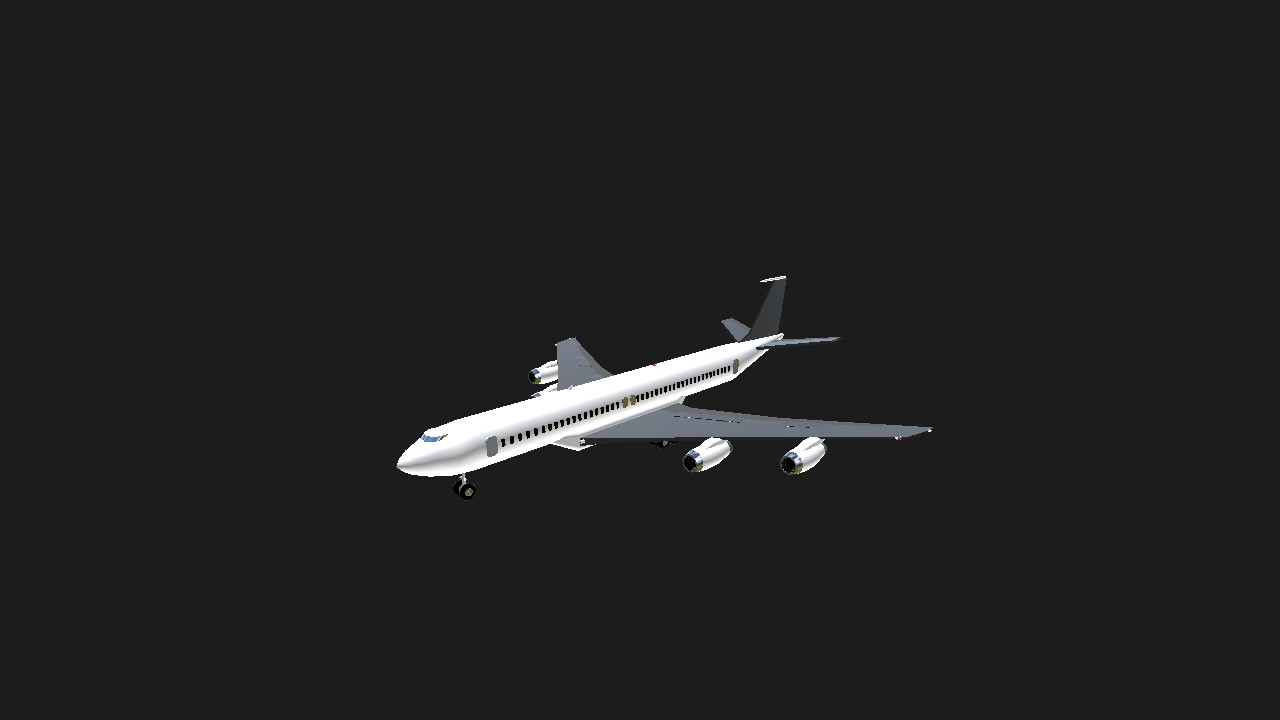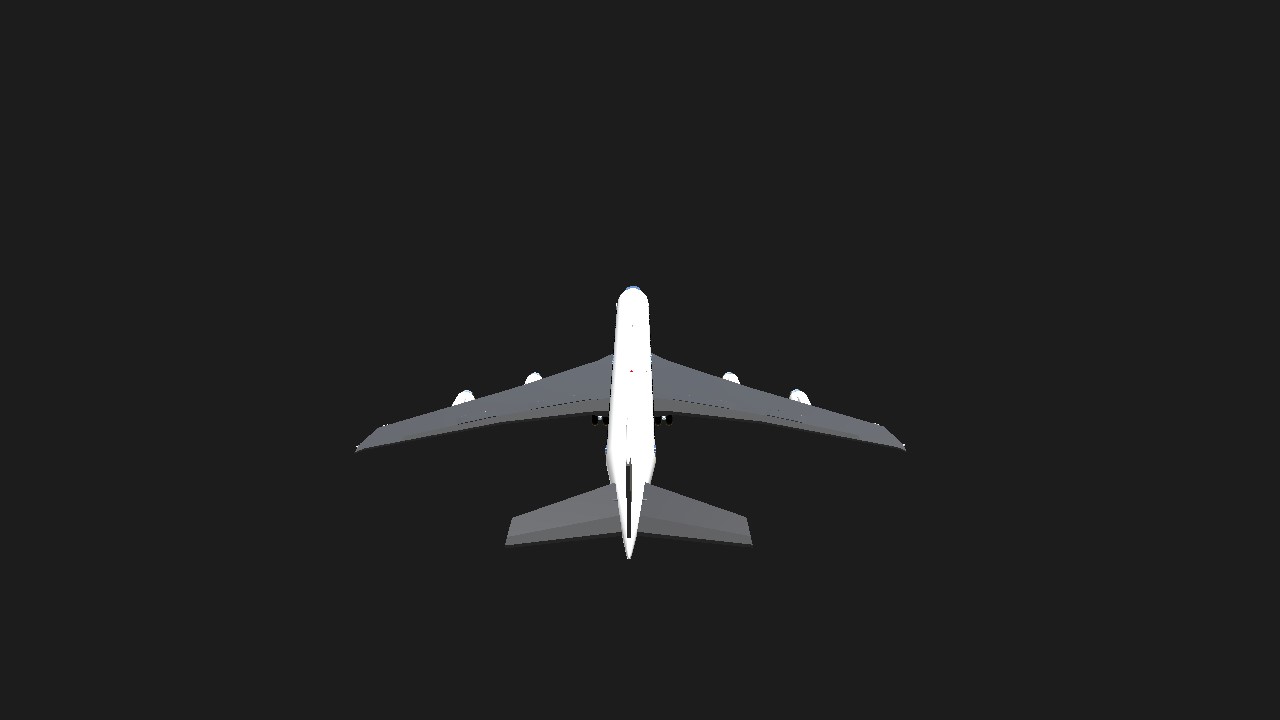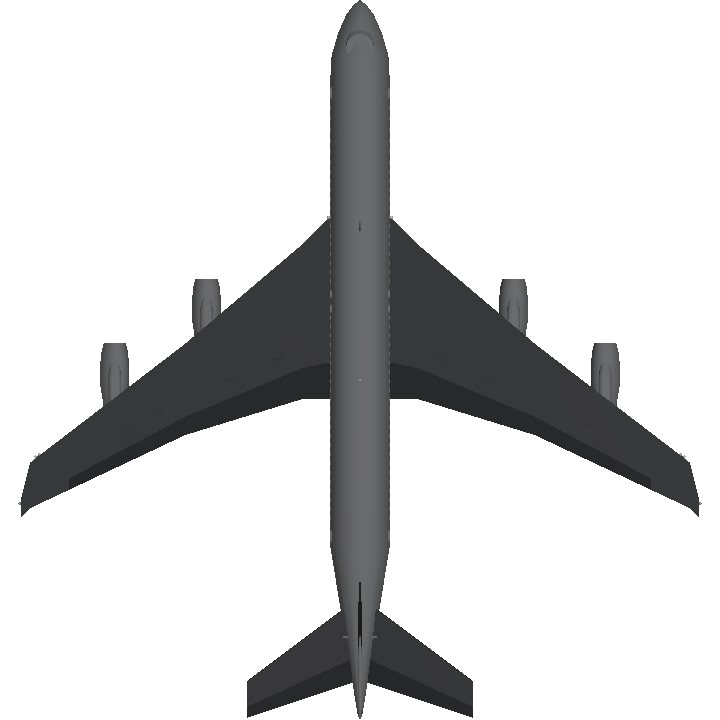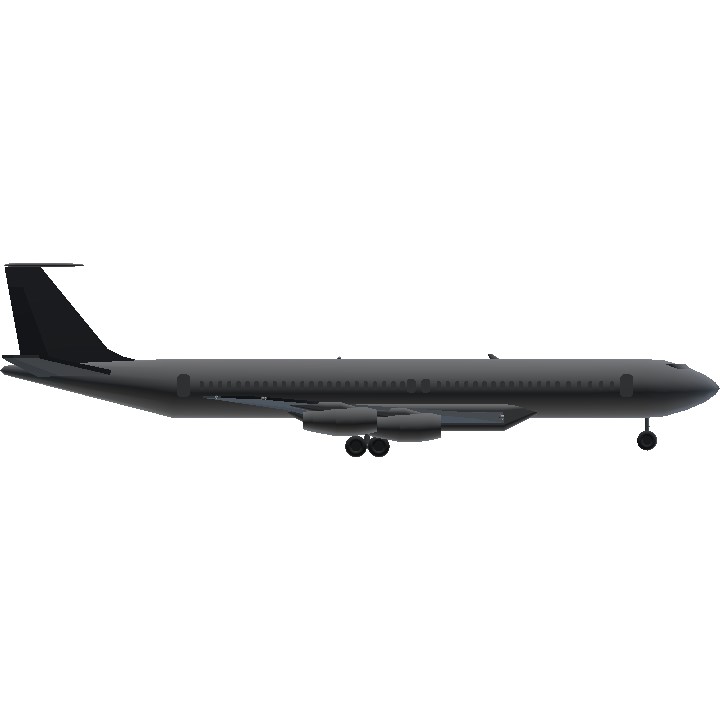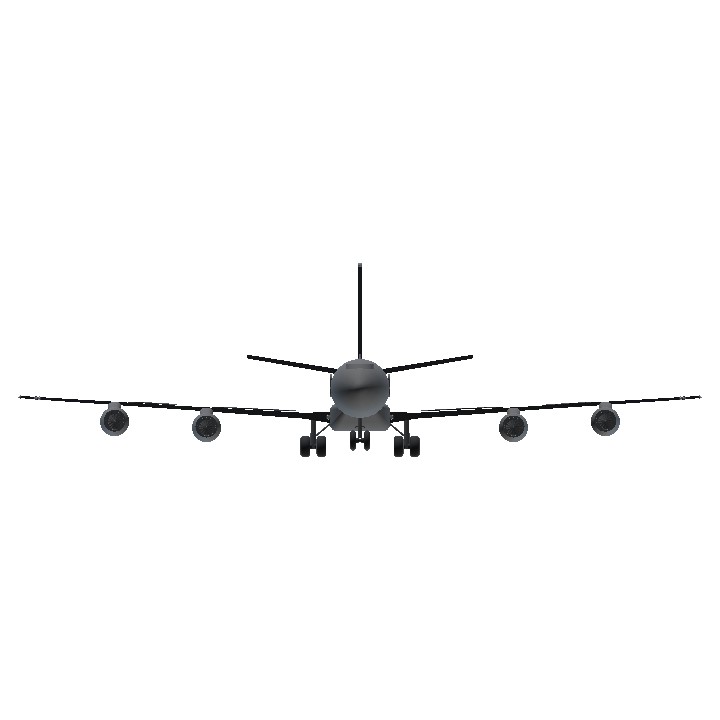The Boeing 707 is a mid size, long range, narrow body, and four engine jet passenger aircraft developed by the Boeing Company of the United States from 1958 to 1979. The Boeing 707 was the first Boeing jetliner in service, with its prototype named 367-80 and a swept down single wing; The top of the swept vertical tail is equipped with an antenna, and the horizontal tail is installed downwards. The prototype aircraft made its first flight on July 15, 1954, with the initial model being the KC-135 aerial refueling aircraft developed for the US Air Force. With the consent of the US Air Force, the company successfully developed a Boeing 707 aircraft based on the KC-135 in 1957 and delivered it for use in 1958. The main types of Boeing 707 include 707-120, -220, -320, and -420. Civil Aviation of China has purchased 10 320Cs and it has also been converted into special aircraft. The Boeing 707 received a total of 1010 orders, and the production line was closed in 1991. The last military model was delivered in May 1992. This model is equipped with four JT3D-7 turbofan engines, with a single thrust of 84.48 kN, or is equipped with a Pratt&Whitney JT3C turbojet engine, with four cockpit passengers and a capacity of 219 passengers.The Boeing 707 is the first four jet engine civil aviation passenger aircraft in the Boeing series developed by Boeing in the 1950s. This is also the world's first commercially successful jet civil aircraft. With the success of the 707, Boeing managed the production of civil aircraft for nearly half a century, and later developed various models of 7x7 jet aircraft. The 707 is a large passenger aircraft capable of crossing the Atlantic. Today, all civil aviation aircraft have swept wings and down hung engines that first appeared on the 707. The operating cost of the 707 was several times lower than that of the piston engine aircraft at the time, which was the main reason for its success. The 707 was originally referred to as the 367-80 model (military model, also known as the "Impact 80"). In 1952, Boeing developed the 367-80 in two years at a cost of $16 million. Boeing's idea was that the same model could also be sold to the Air Force as a transport aircraft, which later developed into the C-135 military transport aircraft. The 707 was tested in 1954, and the aircraft's body design was similar to the C97/377 developed by Boeing during the war, while its gas power was similar to the B-47 Stratojet.
My next project is Boeing 707-120.
Specifications
General Characteristics
- Predecessor Boeing 707-324(Beta1)
- Successors 1 airplane(s)
- Created On Android
- Wingspan 61.4ft (18.7m)
- Length 64.8ft (19.8m)
- Height 17.5ft (5.3m)
- Empty Weight N/A
- Loaded Weight 27,457lbs (12,454kg)
Performance
- Power/Weight Ratio 1.487
- Wing Loading 42.0lbs/ft2 (205.2kg/m2)
- Wing Area 653.3ft2 (60.7m2)
- Drag Points 8186
Parts
- Number of Parts 308
- Control Surfaces 13
- Performance Cost 1,410


